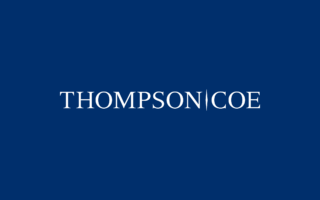“Sufficiently Definite” Contract is Close Enough — Owner Qualifies as Additional Insured
By Stephanie S. Rojo • Apr 10, 2006
In mid-December, the Texas Supreme Court issued an opinion in ATOFINA Petrochemicals, Inc. v. Continental Casualty Co., No. 04-0170, 2005 WL 3445514 (Tex. Dec. 16, 2005) (per curiam), and held that a property owner was an additional insured under a contractor’s comprehensive general liability policy with respect to an accident injuring the contractor’s employee. In that case, A&B Builders, Inc. (“A&B”) was hired to erect steel for construction on property owned by ATOFINA Petrochemicals, Inc. (“Fina”). The first day that A&B was scheduled to work, Larry Don Wisdom, an A&B employee, was injured while unloading steel.
Following the accident, Wisdom sued Fina and two other defendants for negligence, alleging his injuries were caused “by the total negligence and carelessness of Defendants.” Id. at *1. Fina subsequently sought a defense and coverage as an additional insured under A&B’s comprehensive general liability policy, issued by Continental Casualty Company.
A&B’s policy contained an endorsement providing that, if A&B was required to add another person or organization as an additional insured under a written contract and issue a certificate of insurance listing that person, that person or organization was added as an “additional insured.” The trial court granted partial summary judgment, holding that Fina was an additional insured and coverage was not barred by a limitation within the additional insured endorsement. The First District Court of Appeals of Houston reversed the trial court’s decision.
In reversing the court of appeals and reinstating the trial court’s judgment, the Texas Supreme Court found that A&B and Fina had a written contract requiring A&B to provide insurance covering Fina. The court noted that even though the contract obligating A&B to “furnish . . . insurance” did not specify the type of coverage or the policy limits to be provided, it contained all the material terms. Further, Fina and A&B had worked together before and had an understanding that Fina was to be added to A&B’s existing policy as an additional insured. Therefore, the court held that the contract between A&B and Fina was “sufficiently definite for the parties to understand their obligations.” Id. at *2 (citing T.O. Stanley v. Boot Co. v. Bank of El Paso, 847 S.W.2d 218, 221 (Tex. 1992)).
The Texas Supreme Court also made several other rulings in finding coverage for Fina. First, the court did not fault Fina for not obtaining a certificate of insurance before beginning work, holding that nothing in the record indicated that the parties attempted to manufacture coverage after the accident, and that the issuance of a certificate was not a condition precedent to Fina attaining coverage as an additional insured.
Significantly, the court also ruled that a paragraph in the policy stating that the additional insured endorsement “does not apply to . . . any liability arising out of any act, error or omission of the additional insured, or any of its employees” excluded only Fina’s sole negligence. Because the pleadings alleged that the injuries were caused at least in part by A&B’s negligence, additional insured coverage was afforded to Fina under the policy.
A petition for rehearing of the case was filed on January 16, 2006.


